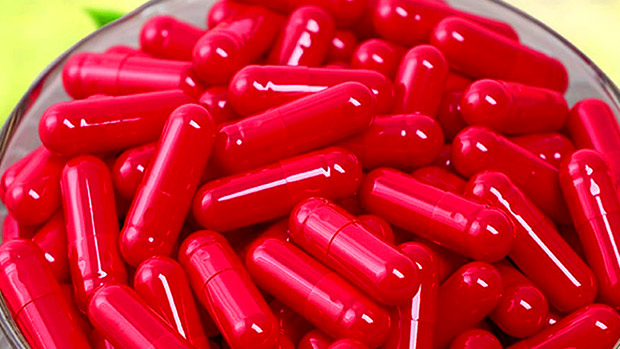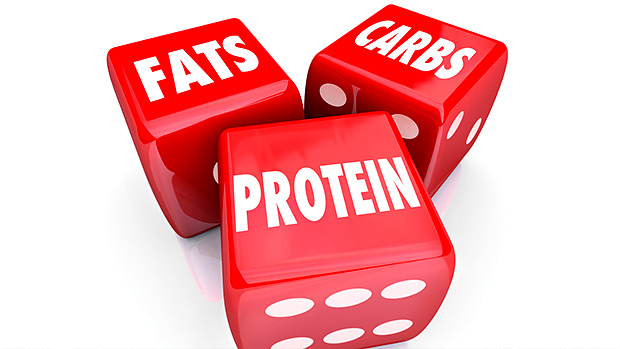Phosphatidic Acid (PA)
This molecule is a phospholipid that regulates mTOR (mammalian target of rapamycin). Simply put, if you control mTOR, you control the switch that turns on muscle protein synthesis in response to exercise. "On" means muscle. "Off" means no muscle. It's as simple as that. It's found naturally in the diet, but only in very small, inconsequential amounts.
One study, using 16 weight lifters, found that 750 mg. of PA increased squat 1RM and body mass. Another, also using 750 mg. (split into two doses, one before lifting and one after) in 28 weight lifters found that the PA group gained 2.4 more pounds of muscle than the placebo group. Still another study found that lower doses of PA (250 mg. and 375 mg.) increased lean body mass and cross-sectional area of the rectus femoris in a different group of 28 men.
The Bioavailability Issue
In order for PA to work, it has to enter the muscle cell and bind to mTOR. It can also work indirectly by converting to lyso-phosphatidic acid and attaching to the muscle membrane, which increases intracellular PA and in turn activates mTOR.
However, different sources of PA can have varying degrees of saturated or unsaturated fatty acid chains and this influences how PA works. Two saturated fatty acids doesn't promote mTOR signaling, but one saturated fatty acid and one unsaturated fatty acid does.
Chemi Nutra, one of the country's most innovative materials manufacturers, has developed an unsaturated form of PA. That means it's orally absorbed with high bioavailability, leading to an 8-fold activation of mTOR that persists for around 7 hours.
Consequently, you should only use PA supplements that source from Chemi Nutra, like Micro-PA®.



